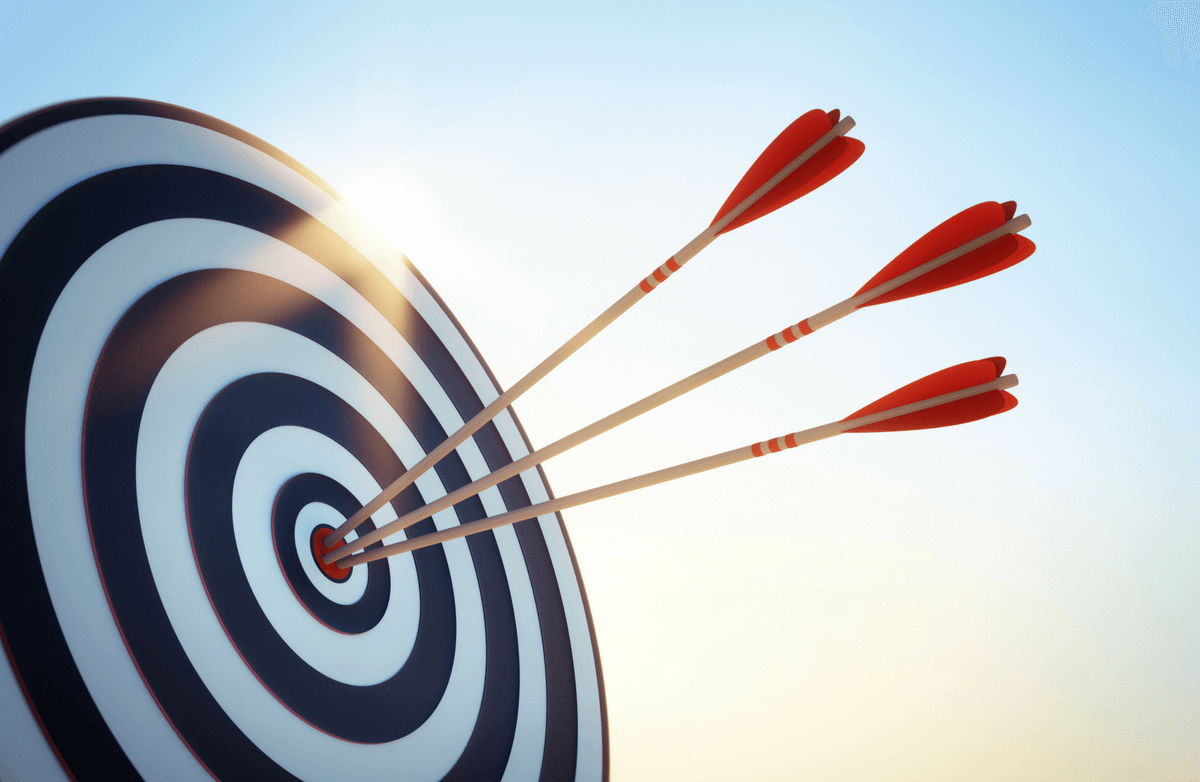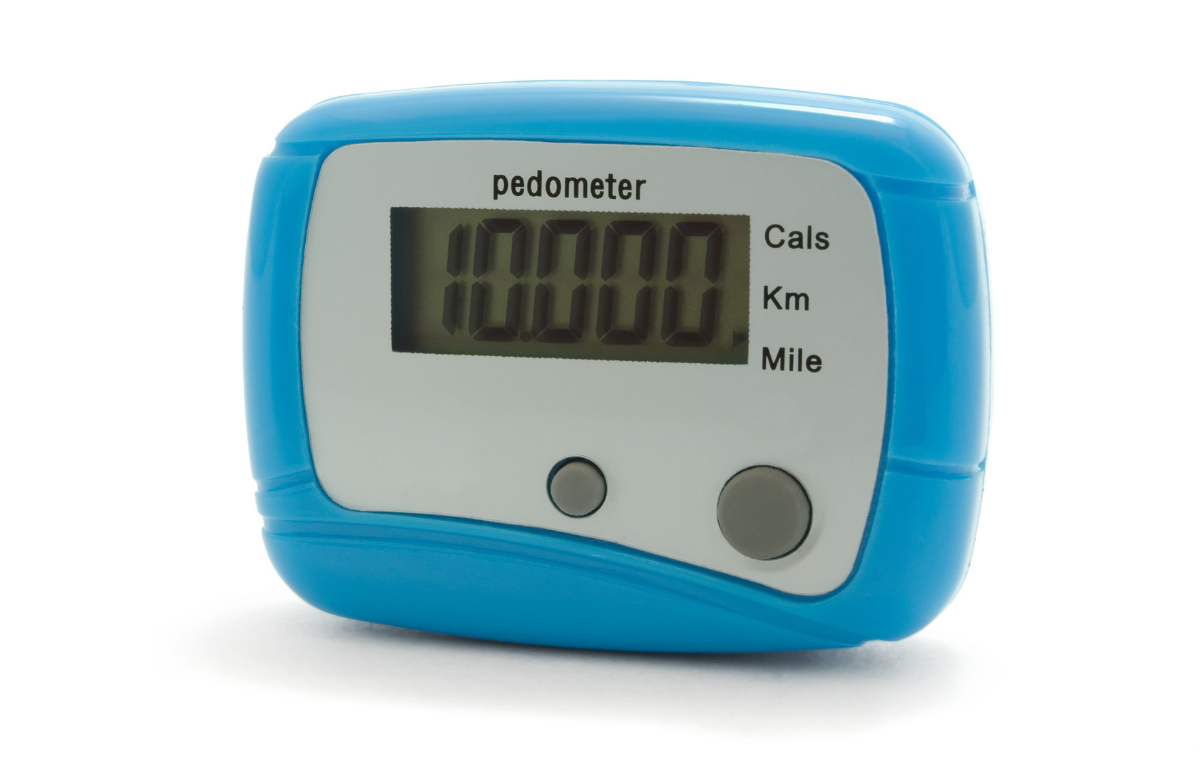Success is more than just a vision and a dream. It takes hard work and specific plans to turn those dreams into reality. Whether your goal is to exercise 10 minutes a day, decrease your dependence on processed foods or train to run a marathon, the process is the same: Break your goal into manageable tasks and track your progress regularly.
There are a variety of goal-tracking tools out there, from the time-tested paper and pen to apps with detailed reporting features. No matter which method works best for you, there are two things most experts agree on: Make your goals visible (In the form of an aesthetically-pleasing visual dream board, app notifications or even a friend showing up at your door for your workout) and plan your week every week.
For the latter, Lisa Michaud, host of the Goalden Girls Podcast, recommends starting by asking yourself what you're proud of and what you're celebrating right now to get in the right headspace to plan your next week. Then, consider your goals and three to five key actions that will move you forward toward that goal. Lastly, give yourself the time to fully plan everything, including school drop-offs and pickups, meals, date nights, gym classes and work obligations. "When things are changing fast, weekly planning allows you to be proactive instead of reactive," explains Michaud.
When it comes to the specific method, there are many options that fit different personalities, schedules, goals and time availability. What works for you might not work for another person, so it's important to experiment with what's available to find your preferences and set yourself up for success.
1. Success Scorecard
Michaud suggests adding a scorecard to your weekly planning. "Begin by asking yourself 'What does success look like to me?'. Then, create a simple 'success scorecard' that matches your vision of success. “For some success markers, you might give yourself a score from one to five every week (like for example, your relationship, your personal growth or even how you feel about finances). For others, you might tally up the number of times you did something that week, such as a yoga class, the number of nights you tucked your children into bed or how many networking connections you made in your business. If you want to keep it simple, give yourself a grade from A-F on that success factor. Look at it weekly or monthly to see if you're actually meeting those goals," she explains. “It [will differ depending on] what you define as success." The purpose of the scorecard is to create moments every week to work toward your version of success, and then celebrate that you're living it.
PeopleOne Health offers a variety of ways to track your success, including the Fitness Game & Goals feature which tracks your activity and rewards consistency.
2. Bullet Journal
Her Healthy Habits founder Michelle Pualani Houston says her favorite way to track goals is still pen and paper. "There is something tangible and poignant about committing to a goal by writing it out. Even if not carved into stone, the intention we hold for ourselves while writing in ink has a life of its own," she describes. "I always have clients begin with paper assessments and written journal exercises. These bring more awareness and mindfulness into their daily life, pulling them into the present." Houston's mantra for her clients is simple: "Write it. Feel It. See It. Say it. Be it."
Bullet journaling is a planning tool that requires just a notebook and pen, and uses bullet points to log information. It is used to organize to-do lists, schedule tasks and keep track of incomplete and completed work. Goals can easily be broken down into smaller actionable items, which are listed in the journal and checked off as they are finished. Users can prioritize tasks more easily, giving prominence to tasks that need to be completed right a way and noting others that can be placed on hold or moved further out on the timeline.
3. Accountability Partner
Knowing that someone is expecting you to check in and share your progress makes it more likely that you'll stay on track. Find a partner who is supportive and unafraid to tell it like it is. You want them to celebrate your success but also give you a nudge when you're headed in the wrong direction. Ideally the relationship is mutual and you can support them as they work toward their own goals, as well.
4. Whiteboard
Sometimes the simplest tracking tools work best. Whiteboards can be used in a variety of ways: to brainstorm ideas, map out projects (put your goal in the center of the board and diagram-related steps that flow out from it), categorize short-term and long-term action items and more. Display the whiteboard in a prominent location (such as your office wall) so that you are constantly reminded of your commitment. This also makes others aware of your plans so they can be a source of accountability.
5. Streaks
Matt Kandler, founder of Happyfeed, believes one of the most powerful tools for goal-tracking is streaks. "There are many ways to do this, but my favorites are to either use a simple calendar and mark off the days or try an app [that tracks streaks]," he explains. "Picking what to track is probably the hardest part, but it's best to track a simple habit you can build on. [For example], read one page of a book each night or meditate for five minutes."
Remember, the simple act of taking the time to break down a goal and creating a plan for success makes it more of a priority in your life. Moving items to the top of the to-do list means they matter and you're committed to accomplishing them, no matter if you're a streaker, accountability buddy or journaler. With the right plan and mindset, success is always within reach.













